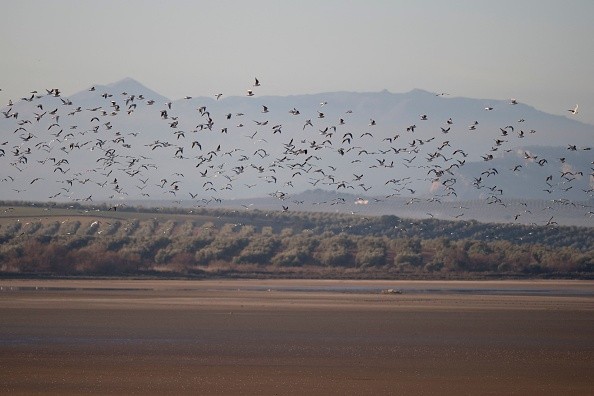Illinois has seen its first Purple Martins of the year which is a sign that spring is just around the corner.

The Arrival of Purple Martin to Illinois
Millstadt, Illinois resident and Purple Martin Conservation Association volunteer witnessed the birds' arrival on March 1st, the first day of the birds' yearly migration from their breeding grounds in central and eastern states.
The Scout-Arrival Study is a community science project that monitors the migration of these rare birds.
Purple Martin Conservation Association President Joe Siegrist noted that the first Purple Martin arrivals of the season are usually a thrilling event.
As a bonus, tracking the birds' journeys gives useful data that can be use to further research and ensure that scientists are doing everything necessary to keep this amazing species alive, according to News Break.
One of the largest swallow species in North America, the Purple Martin, migrates up to 7000 miles north via the eastern United States and Canada after wintering in Brazil's rainforests
Each year, hundreds of martin landlords devote themselves to making sure the birds' multi-compartment nest condos are safe and secure, and this annual migration serves as a tribute to their tenacity and dedication.
Decline in Purple Martin Population
One-third of the population of this species, which eats billions of flying insects each year, has vanished over the past 50 years, as per Yahoo News.
Invasive species, diminishing prey availability, and climate change all seem to be contributing to the reduction, according to Siegrist. Purple Martins are no longer able to nest naturally in most of their range. The only thing keeping the species alive east of the Rocky Mountains is human-provided nest boxes.
It is the tireless efforts of countless conservationists who give of their time, talent, and treasure to ensure the long-term well-being of the martin population that have allowed the species to hang on for so long.
How Does Purple Martins Survive?
Siegrist explained that the martins rely on the landlords for refuge. A family-like relationship with the birds that return to the same colony year after year is rewarded in return.
The first returning Purple Martins are not scouting the area to ensure it is safe for the rest of the flock. They are older martins returning to old nesting sites. Martins returning north to breed return many weeks later. Older individuals returning early is typical in migratory bird species.
The Purple Martin gets all of its water and food while flying. It skims a pond's surface, scooping up water with its bottom bill.
The Purple Martin Conservation Association promotes Purple Martin research and has a webpage. Martins and martin houses are covered by the Purple Martin Society of North America.
The oldest Purple Martin found in 1947 was at least 13 years, 9 months old. The Martin lived in Illinois.
Related Article : Songbird Population Decline Associated with Early Spring
For more news, updates about purple martins and similar topics don't forget to follow Nature World News!
© 2025 NatureWorldNews.com All rights reserved. Do not reproduce without permission.





